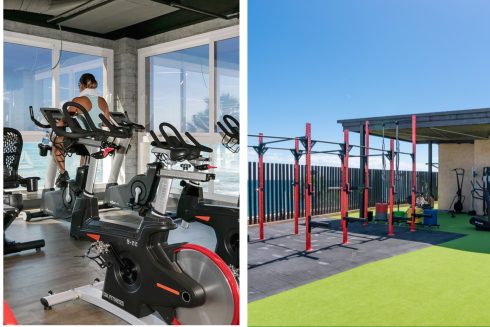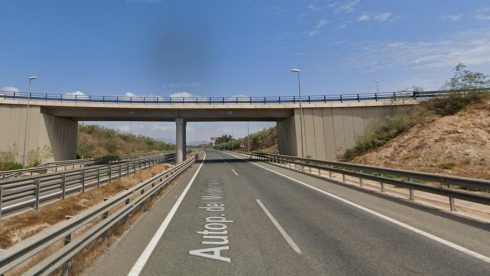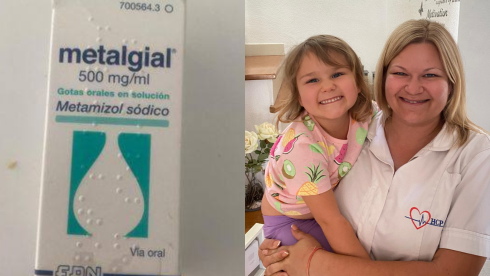One of the main treatment options for prostate cancer is radiation therapy. It can be performed after surgery and is also used as a stand-alone treatment method. Radiation allows doctors to completely destroy the tumor and local metastases. Most patients are cured even without surgery. The disadvantage of the method, however, is the irradiation of healthy organs surrounding the tumor, including the rectum. The hydrogel spacer procedure avoids unwanted radiation and associated complications, including post-radiation proctitis, rectal ulcers, and rectal bleeding.
The essence of the procedure
Hydrogel spacers treatment for prostate cancer are used to prevent post-radiation complications. This is one of the options for protecting the rectum.
A variety of rectal spacers are available in developed countries, including a hydrogel spacer, hyaluronic acid, and rectal balloons, all of which are designed to separate the prostate from the rectum, although they differ somewhat in their mechanisms of action. Spacers are injected into the target area through the perineum under local anesthesia and sedation. The procedure is also performed under ultrasound guidance.
The most common hydrogel spacers treatment for prostate cancer is SpaceOAR, which is manufactured in the USA and has been used in oncology since 2015. It is a biodegradable polyethylene glycol that retains volume for 3 months. This is enough for a full course of radiation therapy, even if classical fractionation is used: about 40 radiation sessions, which patients receive 5 days a week. In developed countries, such regimens are increasingly being phased out in favor of hypofractionation regimens that allow patients to complete treatment in 2-4 weeks.
Upon the completion of treatment, the spacers decompose and are excreted through the kidneys. Additional procedures for their removal are therefore not required.
Benefits of using rectal spacers
Spacers provide an opportunity to cure prostate cancer with a lower risk of side effects. In addition, the treatment will take less time. Physicians may use hypofractionation regimens. Although they are usually associated with a higher risk of acute complications, this is now reduced by the injection of spacers.
Previously, they could only be injected under MRI guidance, which limited their use in some patients, such as those with metal implants or pacemakers. Developed countries are now using the new SpaceOAR Vue radiopaque spacers. These allow for irradiation under the guidance of computed tomography.
The technique is safe. In a study involving 258 patients, the most common complication was rectal puncture, which was recorded in 1.6% of cases (in 4 patients). In most cases, there are no complications or side effects. The number of contraindications to implantation is minimal, and most of them are relative.
If you need a good hydrogel spacers specialist, you can go abroad. Doctors in developed countries use the latest methods of radiation therapy for prostate cancer and other oncological diseases. They also use modern methods of protecting the organs surrounding the prostate. You are welcome to visit the Booking Health website to find out how much hydrogel spacers cost, choose a hospital, and make your treatment appointment at the best price. Our staff will help you choose the best doctor and organize your trip. The prices for the services of specialists at foreign clinics will be lower for you if you make your treatment appointment through Booking Health. This will be due to the absence of additional taxes for foreign patients.











